The 2010s marked a transformative decade for interior design, witnessing the emergence of innovative concepts and a celebration of individuality. This era redefined the way decorating homes is approached.
Sustainability Takes Center Stage:
In the 2010s, environmental consciousness drove a significant shift towards sustainable and eco-friendly interior design practices. Homeowners and designers alike sought out materials with minimal ecological impact, embracing recycled and upcycled elements. Sustainable choices in furnishings, energy-efficient appliances, and green building techniques became paramount, aligning homes with a greener, more responsible future.
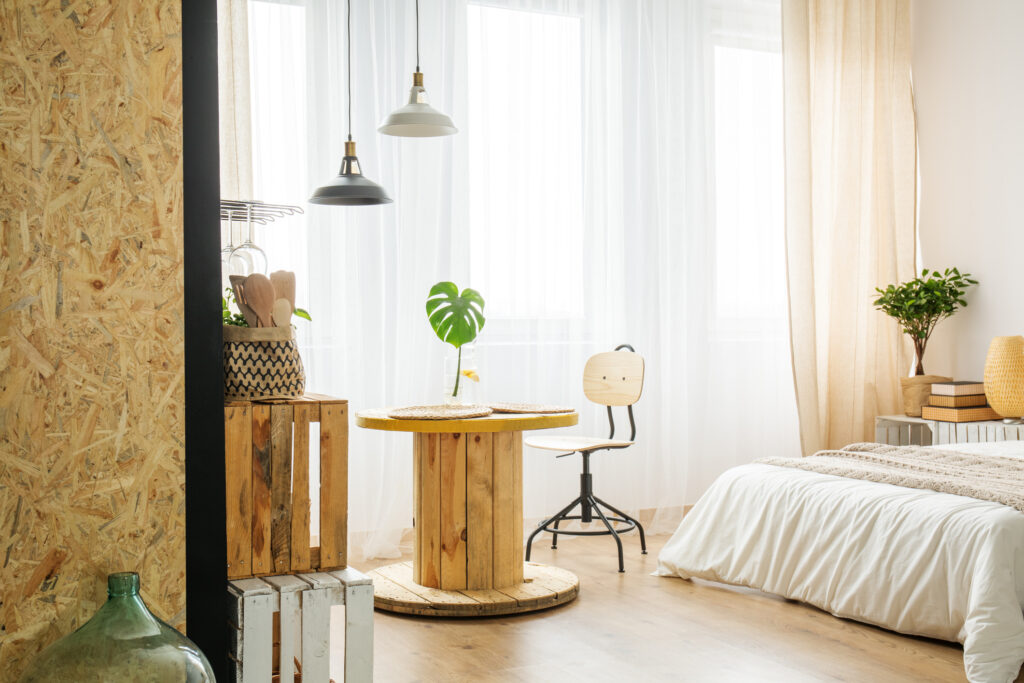
Technological Innovations Enhance Living Spaces:
The 2010s witnessed a seamless fusion of technology and interior design, transforming houses into smart homes. Innovative smart home systems allowed for easy control of lighting, temperature, security, and entertainment, bringing convenience and efficiency to the forefront of modern living. Technology integration enhanced comfort and functionality, making homes more adaptable to the needs of their inhabitants.
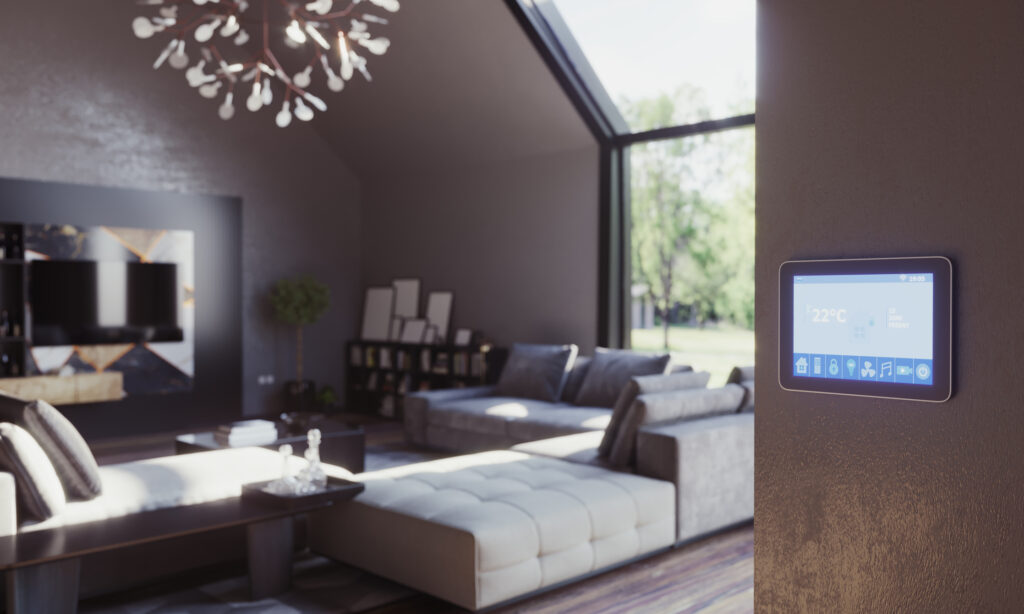
Individual Expression through Eclectic Styles:
In contrast to the uniformity of previous decades, the 2010s encouraged a celebration of individuality in interior design. Eclectic styles thrived, with homeowners fearlessly mixing diverse patterns, textures, and colors. The art of blending different cultural influences and design eras allowed for unique and expressive living spaces that reflected the personalities and passions of their occupants.
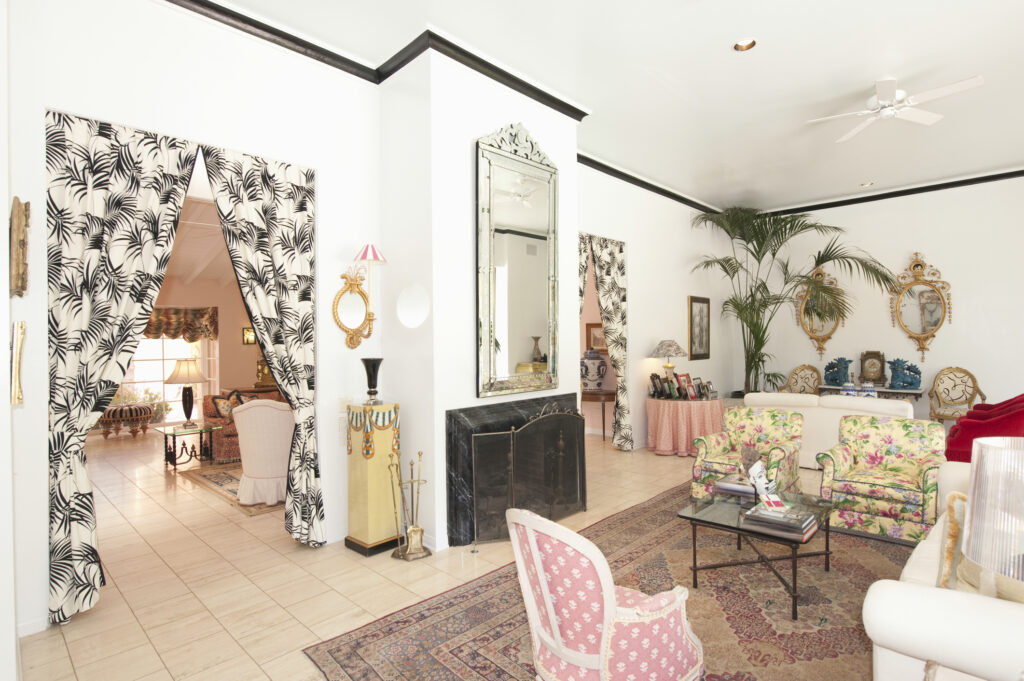
Modern Minimalism with a Twist:
Minimalism continued its reign in the 2010s with a fresh perspective. Modern minimalism embraced warmth and versatility, incorporating soft textures, organic materials, and natural elements. A focus on curated simplicity and multifunctional spaces fostered a sense of balance and serenity, offering respite from the complexities of modern life.
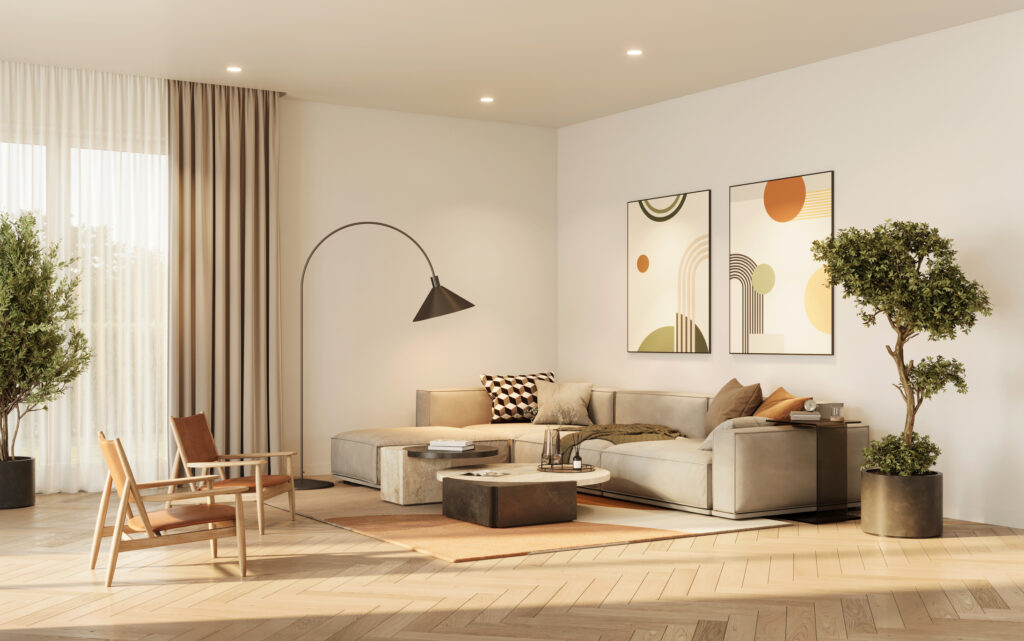
Sustainable Luxury:
As sustainability gained prominence, the concept of sustainable luxury emerged in the 2010s. Homeowners sought opulent yet eco-friendly furnishings, combining lavish materials with responsible sourcing. This trend demonstrated that luxury and environmental consciousness could coexist, proving that extravagant living need not come at the expense of the planet.
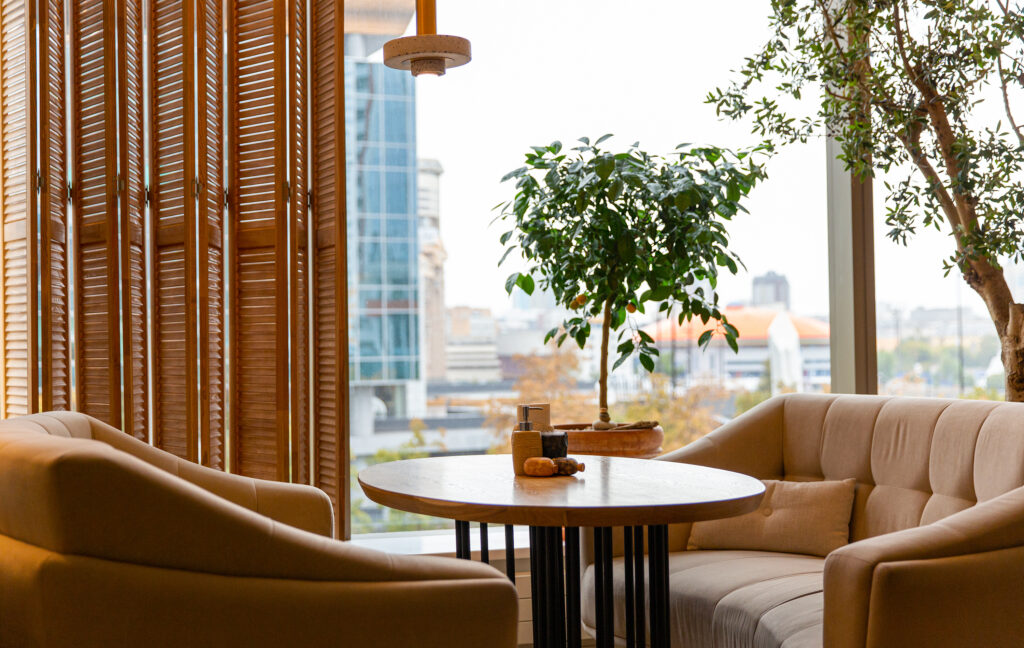
Biophilic Design Connects with Nature:
Biophilic design gained momentum during the 2010s, emphasizing the innate human connection to nature. Incorporating natural elements, such as living green walls, indoor gardens, and abundant natural light, biophilic spaces created a sense of tranquility and well-being. This design philosophy recognized the importance of our relationship with the natural world and its impact on our physical and mental health.
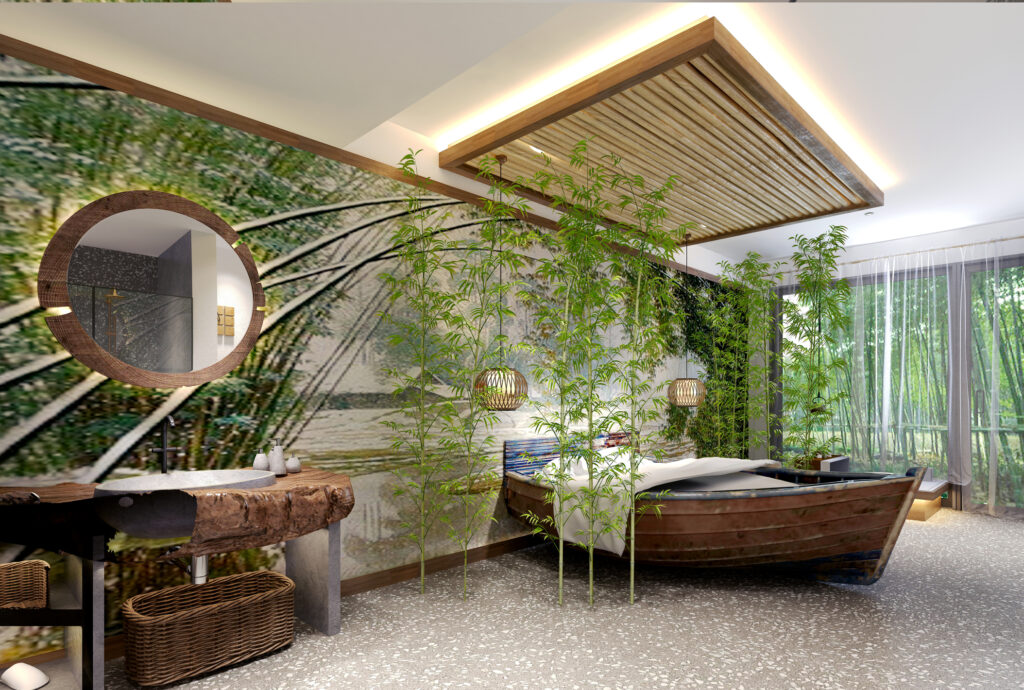
These interior design trends have left a profound impact on how homes are envisioned, setting the stage for a more conscious and expressive approach to interior design in the years to come.

